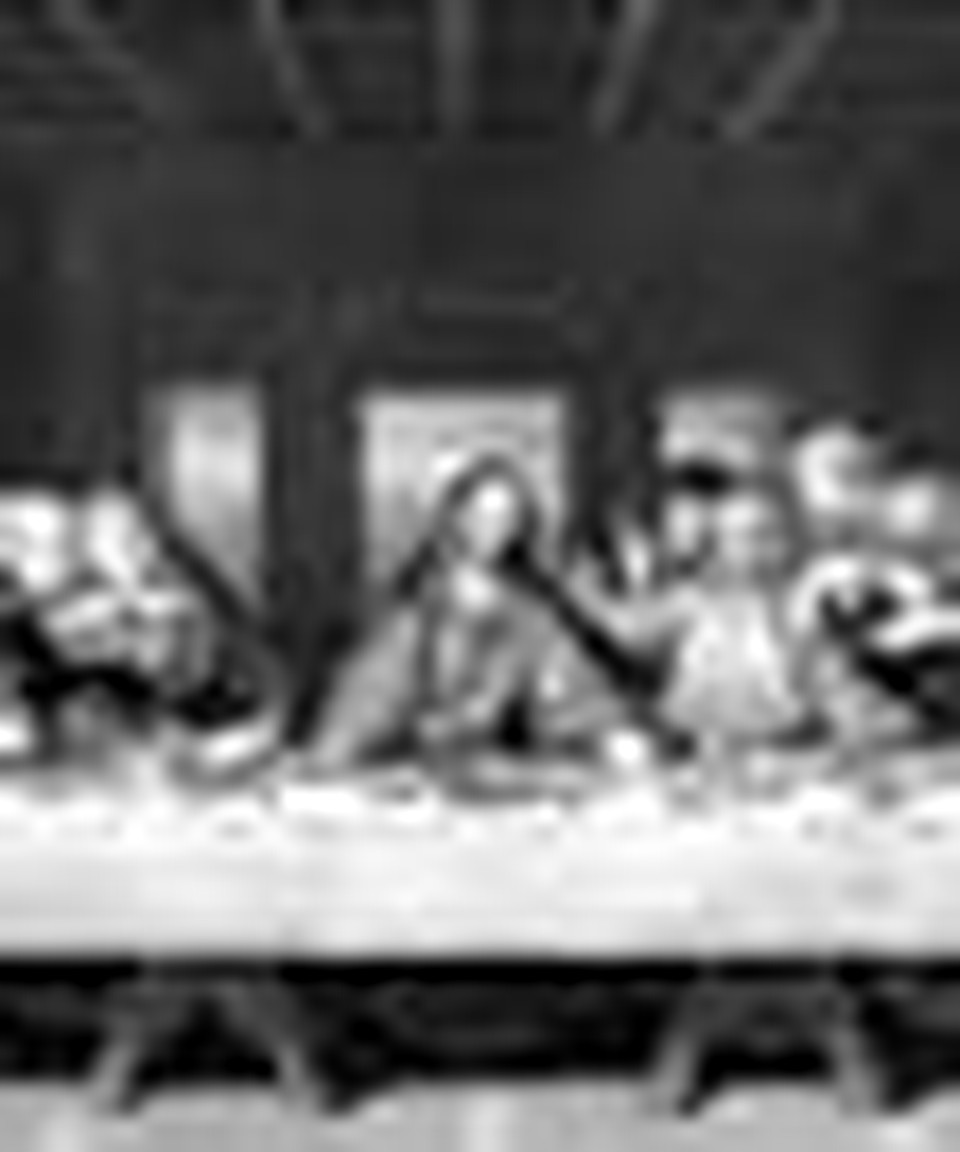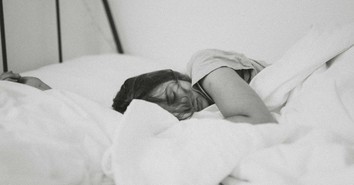A Day Without Art: Missing Out on the Human Experience

As an art teacher, I feel that art is an essential part of a well-rounded curriculum, as it adds so much value to the learning (and the life) experience. But I am sure I need to do some convincing to reluctant home educators who already see a lot of course work they need to squeeze into their daily routines! In an effort to show how teaching art need not be constrained by artistic talent, the January edition of this column introduced the first two of four components of a discipline-based approach to art education, namely art history and art criticism. I used Da Vinci’s “The Last Supper” by way of example to explain how to approach a piece of art and explore fully each of the four disciplines for a rich art-learning experience. In fact, click this link to read [Part 1].
This month’s article will cover the next two disciplines to a well thought-out art program: aesthetics and art production. And again we will return to Leonardo Da Vinci’s famous fresco, “The Last Supper,” as a means of illustration.
Aesthetics
Aesthetics is a branch of philosophy that deals with beauty in the world and seeks to define what makes something beautiful, i.e., what elicits a sensory response. To further develop a child’s art literacy, ask some questions about what he/she feels about a piece of art: Why does this appeal to you? What makes it beautiful to look at? How do you feel when you look at that? Helping kids to relate to the world and communicate in art terms is immensely beneficial.
In a nutshell, art criticism is how one thinks about art and aesthetics is how one feels about art. Aesthetics is the primary component of art used in interior design and fashion design, which seeks to discover what pleases the most people. Think about how you would feel walking into an expensive, exclusive restaurant with velvet curtains and marble tables versus how you would respond to the aesthetics of a local coffee shop with chrome stools and laminate counters. When someone talks about an emotional response to art or design, that is aesthetics.
The iconic Renaissance fresco (“The Last Supper”) offers a great opportunity to ask what emotions Da Vinci was trying to evoke from the viewer by depicting such a dramatic scene from the Bible: the very moment when Jesus tells His followers that one of them will betray him. What clues does the viewer get as to the emotions revealed in this scene, such as the hand gestures? What can you imagine each disciple saying in response to the Lord’s announcement that one of them will betray him that very night? How does the artist increase the sense of drama by the composition?
Art Production
The area of art education that makes people, if not nervous, perhaps hesitant...is the art-making process: art production. But drawing is a skill like any other skill. I believe it can be taught (like how to swing a tennis racquet can be taught) with age-appropriate instruction. I recommend the DVD-based drawing instruction that I host: Art Class from See the Light for ages 6 to 10. With this fun, foundational, skill-building series, kids of all ages will feel successful when learning to draw!
The biggest impediment to successful experiences in making art is a lack of confidence in the product. But I believe home educators can have an enormous influence if students focus on the process of being creative rather than focusing only on the product. A great lesson to tie in to the Da Vinci “Last Supper” would be to ask your student to remember a favorite meal experience, for example, Christmas, Thanksgiving, or perhaps a favorite birthday, and make a drawing using colored pencils of the place and the people there. Show different facial expressions that portray the emotions displayed during the meal.
Provide a focal point: Who was the center of attention? Why were all eyes on this person at this meal? And what is the exact moment being described with the picture? Perhaps when Grandpa carved the turkey? Or when big sister blew out her birthday candles? Or maybe when your friend laughed so hard at your joke that milk came out of his nose!
Re-creating special moments through art can be a very powerful vehicle for communicating what resonates with the artist and consequently with the viewer. The best part about incorporating art instruction, and specifically making art, into the core curriculum is that your creativity knows no bounds! Decorate a cake in the splatter-and-drip style after studying a Jackson Pollock piece! Try your hand at growing sunflowers after discovering all of the many sunflower paintings by Vincent van Gogh! Break out the Playdoh to channel your inner Auguste Rodin once you’ve explored his unique, rugged sculpture style. The results are never wrong. The process of exploration is where the learning takes place.
So, my advice to the home educator is to consider art instruction not be an add-on—a “nice to have”—but rather an integral part of any well-rounded classical education. The benefits to students have been well documented, and the opportunities for your left-brained child as well as right-brained child to think about God’s world in creative terms is invaluable. The inclusion of art can be so much more than hoping kids learn to draw! Art history cannot be separated from history in general, and the cognitive twins of art criticism and aesthetics provide deeper levels of thinking. Therefore, I encourage you to dive into the messy, wonderful, crazy and fun universe that is art, with all of its components. You and your children don’t want to miss out on all that our creative God can reveal!
Pat has been drawing and painting since she was able to hold a crayon. Pat has a degree in art education, a teaching credential, and is an experienced teacher. In addition to being the master artist for the See the Light ART CLASS DVD series, Pat serves as Director of Children’s Ministries at a large church where she is blessed to be able to blend her passions for art, teaching, and reaching kids with God’s Word. Pat lives in Southern California with her husband and two teen boys.
For more information about Discipline-Based Art Education, see here.
Copyright 2012, used with permission. All rights reserved by author. Originally appeared in the February 2012 issue of The Old Schoolhouse® Magazine, the family education magazine. Read the magazine free at www.TOSMagazine.com or read it on the go and download the free apps at www.TOSApps.com to read the magazine on your mobile devices.
Publication date: January 10, 2014
Originally published January 10, 2014.





